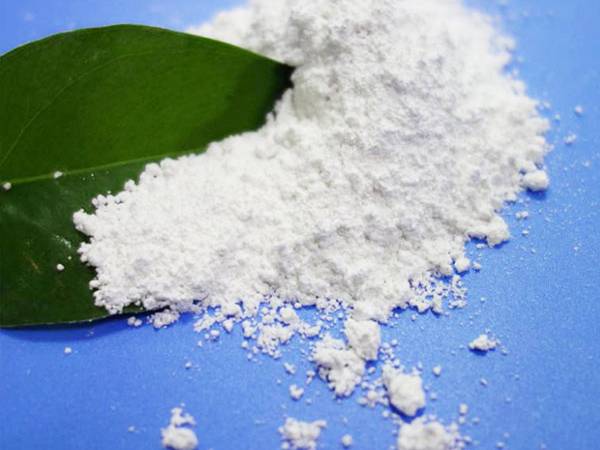Fireworks And Paint Chemicals
Fireworks contain a variety of chemicals that produce color, light, and sound when ignited. Common chemicals include potassium nitrate, which acts as an oxidizer to fuel the reaction, and charcoal or
sulfur as fuel. Metals like strontium and barium create vibrant colors, with strontium producing red and barium creating green. Aluminum powder is often used for bright white flashes, while magnesium provides intense white light. These chemicals are carefully combined to produce the desired visual and auditory effects safely.
-

-

-

-

-

-

Molecular formula: Sr(NO3) 2
Molecular Weight: 211.63
Properties: Strontium is white or light yellow cubic crystal, Relativedensity 2.986.Strontium is one kind of strong oxidant.lMDGclassification and the number GB5.1-51059
-

Formula: KClO3
CAS No.: 3811-04-9
H.S. Code: 2829.1910
UN No.: 1485
Hazard Class: 5.1
Purity: 99.0%-99.5%
Place of Origin: Hunan, China
Are The Chemicals In Fireworks Safe?
When handled and used properly, the chemicals in fireworks are generally safe. However, they are highly reactive and can be dangerous if mishandled. It's essential to follow safety guidelines, including keeping fireworks away from heat sources and open flames, storing them in a cool, dry place, and using them only in designated areas. Fireworks should always be used by responsible adults, and proper disposal of used fireworks is crucial to avoid environmental contamination and accidental fires.
What Chemicals Are Used In Paints, And Why?
Paints are composed of various chemicals, including pigments, binders, solvents, and additives. Pigments provide color, with titanium dioxide being a common white pigment. Binders, such as acrylics, help the paint adhere to surfaces, while solvents like water or mineral spirits adjust the paint's consistency and drying time. Additives improve paint properties, such as durability, spreadability, and resistance to mildew. These chemicals work together to create a paint that is easy to apply, long-lasting, and visually appealing.














